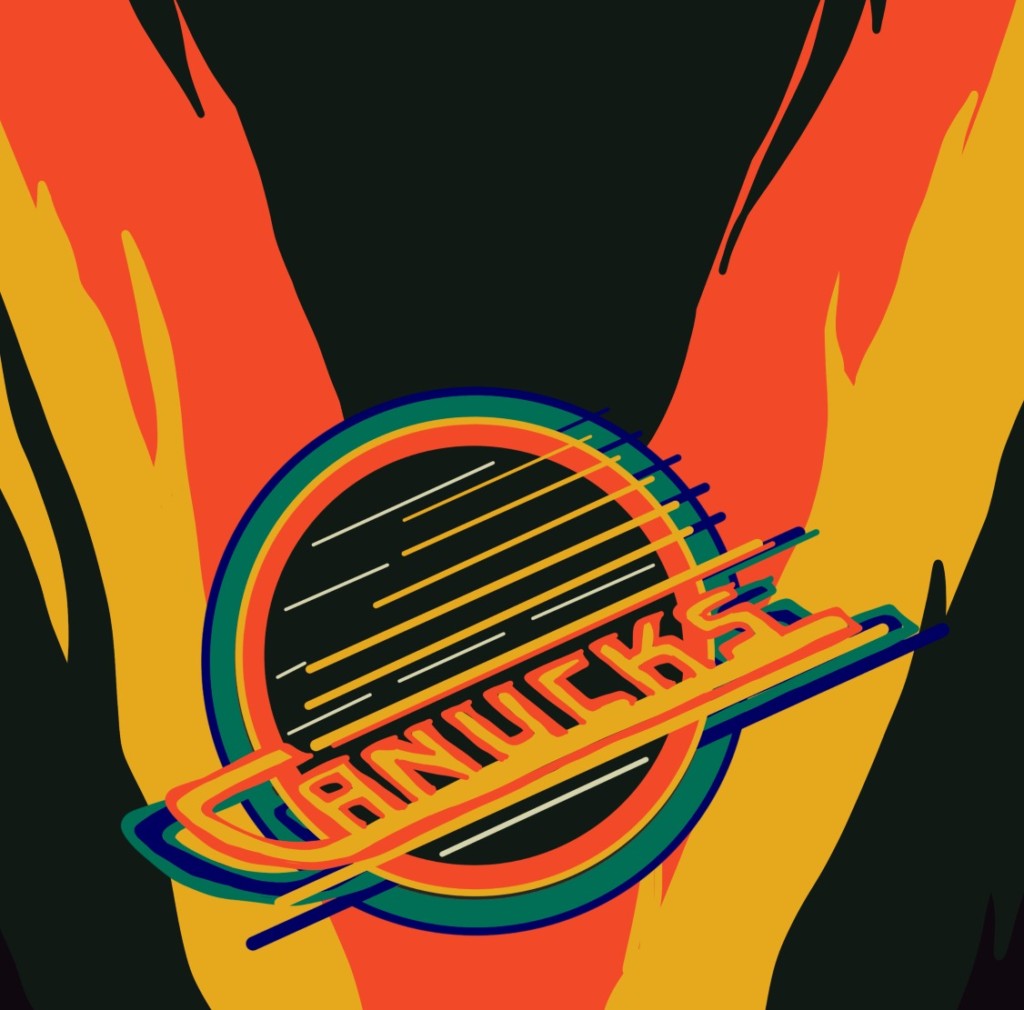The history of selfies as a feminist movement beginning in 16th century Italy
By Cara Seccafien, Layout Manager
When we talk about images of women, we often talk about models. Historically, these models were nude women in figure drawing classes restricted to male students. Today, these models occupy billboards and magazine spreads. These models, whose likenesses are used for someone else’s purposes, have existed for centuries. These bodies are feminine bodies.
It takes three parties to make a woman into an image: 1. the woman, 2. the image creator, and 3. the viewer. When we often talk about images of women, these three parties are usually 1. a woman, 2. a man, and 3. the patriarchy. Enter: The Gaze. This is the concept that images of women are made by men and for men.
I do not want to talk about models. I want to talk about women making images of women for women. I want to talk about empowerment through self-portraiture. Enter: The Selfie.
For the first time, images of women made by themselves are available en masse in the public domain. In 1995, the feminist art collective Guerrilla Girls created a bus advertisement that read: “Do women have to be naked to get into the Met. Museum? Less than 5 per cent of the artists in the Modern Art sections are women, but 85% of the nudes are female.” That was 20 years ago, but women artists remain underrepresented. According to the 2012 Waging Culture report, only 15 per cent of Vancouver Art Gallery’s contemporary solo exhibitions feature female artists. This means that even in 2015 it’s hard to find images made by women in public institutions.
Luckily, there is the Internet. Now women (even those who are not artists) have the agency to exhibit self-portraits publicly. Selfies are empowering snippets of art that play an endearing role in the formation of young women’s identities.
Self-portraiture is recognized as a method of empowerment for oppressed groups. For example, this year American artist Traci Molloy unveiled artwork made by twelve underprivileged youth at the United Action for Youth’s Summer Art Workshops. The art that came out of these workshops combined photography and text to create expressive self-portraits describing the youths’ unique experiences and identities. The self-portraits are displayed in a public street. I do not see this project as substantially different from taking and sharing a selfie, except that these youth were given the support and resources to do so.
Erin Gloria Ryan from Jezebel said: “Selfies aren’t expressions of pride, but rather calls for affirmation.” Why assume that pride and insecurity cannot manifest simultaneously? Of course, many young women seek affirmation through mass sharing of self-portraits. But aren’t those women also celebrating their bodies and exploring their identities through art making? Selfies have been called a symbol of narcissism. So what? Narcissism and insecurity and public attempts at validation are just part of the human condition. I couldn’t be happier that those awkward human traits are being explored while freeing the feminine body from The Gaze.
Realistically, the history of the selfie does not begin in 2012. It is not a new phenomenon. It was happening in 16th century Italy during the Baroque period. At this time, Artemisia Gentileschi was the first woman painter accepted into the Academy of Fine Arts in Florence. Like everyone at the time, she was known for painting biblical imagery. Unlike others, she also painted lots of women doing wild stuff like committing suicide, playing instruments, and murdering men who tried to rape them. She also painted images of herself painting. She depicted herself as the established and respected artist that she was—an extremely empowering and timeless act.
Sofonisba Anguissola was a wealthy Renaissance painter known for her self-portraits. She was extremely famous during her lifetime. Even though women were not allowed to study figure drawing, Sofonisba mastered the human form and portrait through self-examination. She painted into her old age, rendering herself as an elderly woman. Each image is an empowering depiction of herself the way that she wanted to be seen.
In the 18th century in France, Louise Élisabeth Vigée Le Brun also created images of herself as an artist. After her father died when she was still young, she supported her family as a painter. During her adult life, she painted several portraits of Marie Antoinette as a devout mother to improve her public image. It was only fitting that she would be commissioned for this kind of work given her many self-portraits that depicted herself as a mother and a painter.
Even if you don’t buy that 18th Century self-portraits are selfies, you may have a harder time denying the selfieness of Francesca Woodman’s haunting film photography. Francesca Woodman was a young artist who took hundreds of images of herself with a film camera before committing suicide at the age of 22. The images are so creepy, honest, and depressing that one might feel she is stepping outside of the selfie genre because she’s too real. Don’t kid yourself. Francesca was curating these images just as you and I curate our Instagram feeds.
Cindy Sherman is a photographer who has taken hundreds of images of herself disguised as various female stereotypes and caricatures. Feminist scholar Ashley Farmer said: “Sherman’s influence on self-portraiture, and her displacement of traditional notions of the female figure, have broadened the fields of performance and art, while also allowing women today to ‘seize the gaze.’” Artists like Sherman open the door for women to represent themselves creatively and subversively. Similarly, contemporary artist Tomoko Sawada explores gender, culture, and identity through performative photography. Like Sherman, her self-portraits employ costuming to challenge the boundaries of identity; however, Sawada’s work explores Japanese stereotypes.
In 2015, we see artists generating social commentary via selfies and self-portraiture. For example, Courtney Demone of British Columbia takes self-portraits/selfies topless and posts them on Instagram with the hashtag #DoIHaveBoobsNow. She documents her body while she takes hormone replacement therapy, waiting for the day that social media sites begin to censor her body as her breasts develop. This interesting art project challenges the policing of women’s (especially trans-women’s) bodies. Other trans-women and non-binary people have also begun to share selfies with the hashtag #DoIHaveBoobsNow, creating an incredible archive of images of femme trans folks creating images of themselves. These images reclaim the patriarchal representation of trans-feminine bodies as objects. Would a project like this have started without the invention of front-facing cameras and the “narcissistic” rise of the selfie? Maybe not.
Mass self-portraiture is an act of community building and radical self love. As a woman, it is incredibly encouraging to be reminded that other women everywhere are taking ownership over their bodies through simple image making every day. Images of women by women can’t be anything less than a feminist act because they subvert The Gaze. Selfies are a modern feminist movement.




